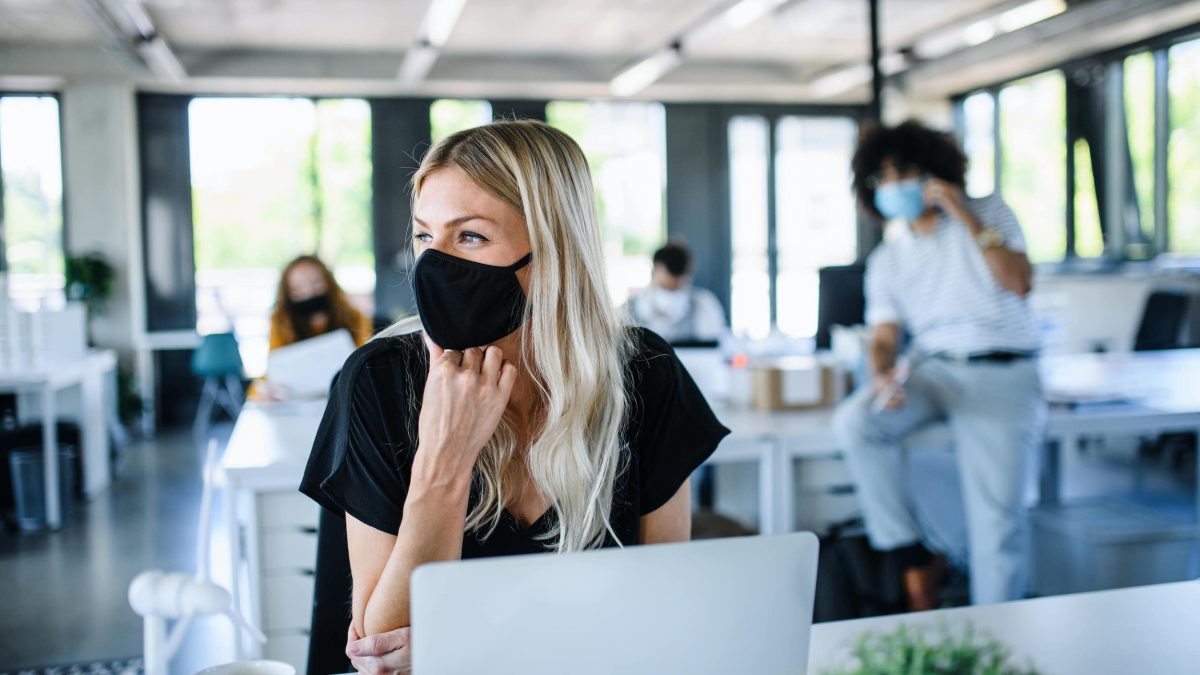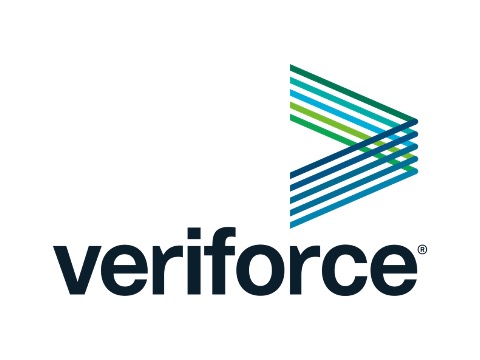Restrictions are lifting worldwide; curves are flattening, and organizations are slowly bringing employees back to work using a phased-in approach – even though the threat of COVID-19 still lingers. As the world reopens and organizations get back to business, compliance management and HSE in the workplace is more important than ever before.
The pandemic has fundamentally changed the way we've dealt with risk in the past, no matter your industry. Hard lessons have been learned and at a great expense to many. If you haven’t already, it’s time to reassess your business operations, address the known failures and identify gaps to prepare and plan for future risk.
Steps organizations can take for a safe return:
1. Conduct a risk assessment
- Begin with an accurate, detailed, and documented overview of how your organization operates
- Identify the specific activities that present the potential for risks, whether through individual conduct or poor communication
- Evaluate whether the procedures and controls already in place effectively address the risks identified and identify any gaps in your current program
- Prioritize and then address the risks identified by determining the necessary actions and resources to remediate
2. Communication
- Provide accurate, timely, consistent and transparent information
- Ensure employees know what to expect and understand the new guidelines
- Be specific about the new or amended plans, policies and procedures that have emerged
- Share information about cleaning and safety procedures, flexible work policies and employee support channels
- Provide easy-to-follow prescriptive guidance to ensure compliance is met and maintained in an evolving risk situation
3. Training
- Determine what information your workforce needs to be trained on to be prepared to return to the workplace, and how this can be implemented
- Test their knowledge to ensure they truly understand the changes and can apply the new information – hold them accountable for their actions

4. Work from home (WFH)
- Create a policy that provides clear expectations for employee conduct and protects company property and confidential information
- Define the conditions of a workspace:
- Proper office ergonomics — including correct chair height, adequate equipment spacing and good desk posture to avoid strain and injury
- Well-lit room
- Limited disruptions
- Reliable internet connection
- Equip employees with the devices they need to maintain their work responsibilities
- Provide clear policies around ownership, privacy and acceptable use expectations, both for the devices and for the information stored on them
- Review expense reimbursement policies to ensure they adequately address the various expenses that may arise from a WFH situation, including internet, equipment, technological infrastructure, mobile phone bills and software upgrades
- Set clear expectations, to minimize risks of printing, scanning, or storage of personal devices for the ongoing protection of company property and confidential information
- Remind employees that regardless of workspace, regular performance expectations continue
- Consider ways to promote workplace health and safety when working from home
- Consider whether the home workspace is insured, as employer liability policies will encompass WFH arrangements, but this should be verified
Summary
The latest lockdown has proven that technology is at the forefront of our society, not only for business purposes but on a personal level, as well. It has helped many of us remain mentally healthy during a long period of isolation, as it's allowed us to connect and communicate with family and friends globally from our homes.
Many positives have come out of this unexpected crisis. Not only has this pandemic changed the way we’ll do business moving forward, but it’s allowed for:
- Innovation
- Work-life balance - more family time
- Connection with family and friends
- Reduced carbon emissions
- Clearer skies
- Cleaner waterways
- A focus on essential workers
- Acts of kindness
- More sleep - better health
- Cost/time savings with commuting to/from work
- Learning the importance of personal hygiene

This pandemic will inevitably bring continued uncertainty in business and at home for some time to come. If we remain aware, abide by our local regulations, follow health and safety protocols, and stay connected, we will get to the other side of this.
Employers must continue to inform and educate their employees, suppliers, and third parties to ensure workplace safety and risk management are at the forefront as business returns to a somewhat normal state.
Organizations need to track and closely monitor all employees from their health and well-being to their upcoming travel arrangements. The more proactively teams can anticipate risks and remediate them, the more sustainably their business can grow and navigate these uncharted waters.
How ComplyWorks can help
As organizations prepare to welcome back their employees, clear and timely communication is more important than ever. With our Communications Solution, you can provide training with online orientations or send out bulletins on new information and updates to employees and suppliers in any location.
It is also important that organizations continue to provide safe and secure workplaces during this critical time. The Fit to Work feature in our Workforce Management Solution allows organizations to track whether an employee is working, on leave, on vacation, or working in office, at home or in the field. This feature is one way to utilize this solution. Not only is it reliable for tracking employees - you can use it to track all business assets - from vehicles and equipment to individual employee certifications.
If you are interested in learning more, please sign up for a free demo.






